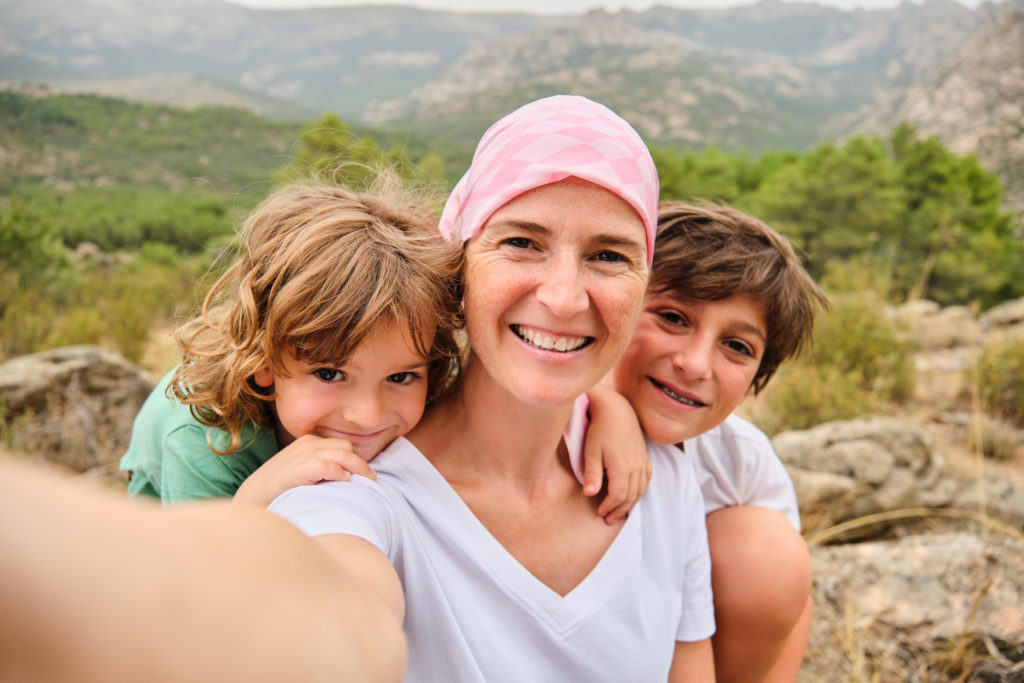The Female Hero
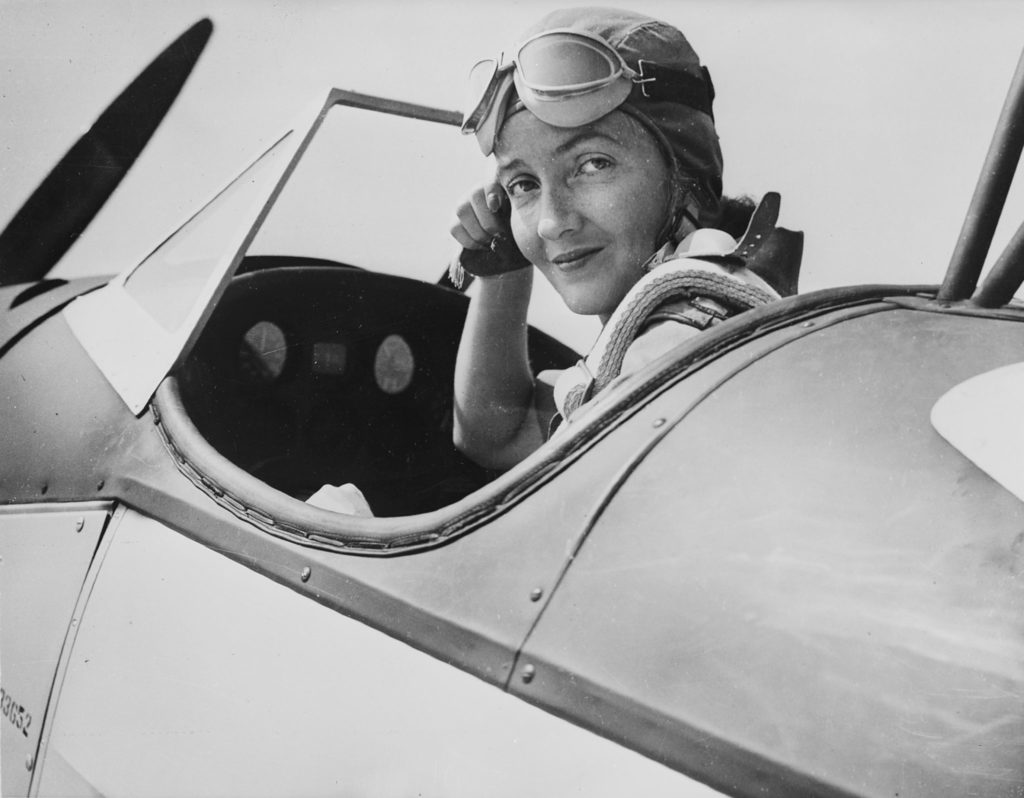
“In short, heroism means doing the right thing regardless of the consequences.”
― Brandon Mull, A World Without Heroes
Female Heroes
Heroes are a rare breed, rightly celebrated across cultures and throughout history.
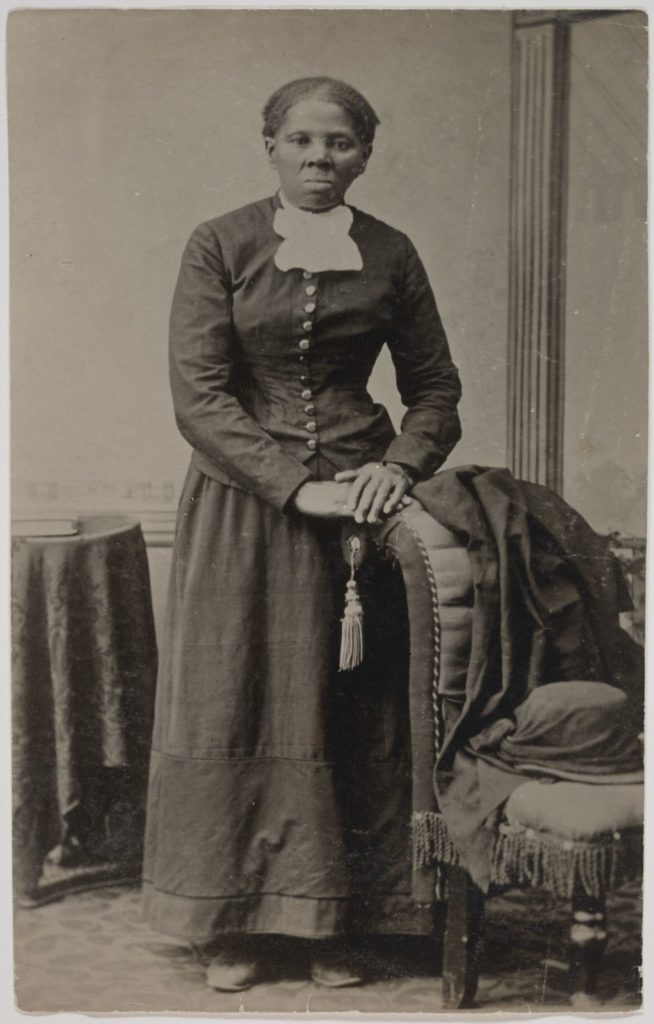
Strikingly, almost all famous heroes are men (1). This observation suggests that heroism may in fact be a masculine characteristic.
How then does one explain extraordinary female heroes such as Virginia Hall, Harriet Tubman and Nancy Wake? Are these women extremely rare outliers, or are female heroes simply less well recognized and therefore less appreciated compared to their male counterparts?
Is Heroism Really a Male Characteristic?
To answer this question, Selwyn Becker and Alice Eagly analyzed historical accounts of heroism to determine the relative contribution of men and women (1).
Becker and Eagly settled on an exceptionally strict definition of the heroic act for their analysis. According to their definition, heroes are “individuals who choose to take risks on behalf of one or more other people, despite the possibility of dying or suffering serious physical consequences from these actions” (1). Thus, in their view a heroic act must have two core components.
- The heroic individual must have helped other people who were unrelated and often unknown to the person performing the act. This type of action represents the purest form of altruism.
- The heroic individual must have risked death or serious injury while performing their heroic act.
In addition, Becker and Eagly confined their study to settings where men and women have equal opportunities to act heroically. This criteria therefore excludes military, police and rescue professionals from the analysis due to the disproportionate number of men working within these occupations.
Hardcore Heroes
The Carnegie Hero Fund
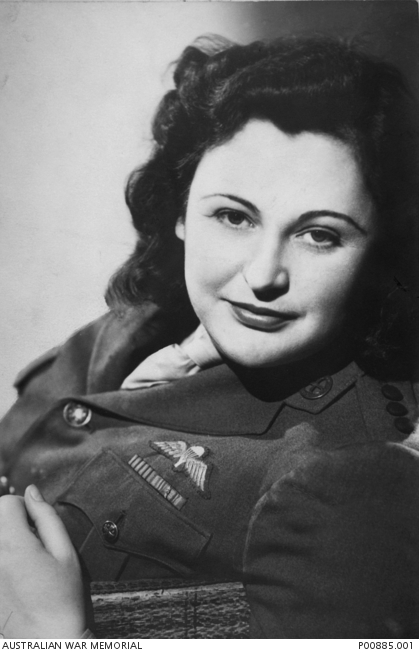
The Carnegie Hero Fund awards acts of heroism performed by civilians in North America and Canada. Examples of heroic acts include rescuing people from fire, drowning, animal attack and criminal assault. Since it’s inception, over 10,000 people have received Carnegie Medals. Analysis of The Carnegie Hero Fund data reveals two striking findings.
First, over 20% of the Carnegie Medals were awarded posthumously, meaning that the heroic acts considered worthy of being awarded a medal entailed a death rate of around 1 in 4 (1, 2). This means that engaging in the heroic acts required to win a Carnegie Medal is significantly riskier than playing Russian roulette!
Second, over 90% of the Medal recipients are male (1, 2). Importantly, women are explicitly not excluded from being awarded the Carnegie Hero Fund (1). This implies a lack of gender bias, at least within the Carnegie Hero Fund selection committee. Given this, the preponderance of men awarded the Carnegie Medal indicates that spontaneous acts of heroism involving extreme physical action is likely a male dominated activity.
The Righteous Among the Nations
The Righteous Among the Nations are non-Jews who helped Jewish people escape the Nazi holocaust. Poland has the most Righteous Among Nations award recipients. In Nazi occupied Poland, assisting Jewish people was an extremely dangerous act, punishable by death (1). In fact, it’s estimated that thousands of Poles were executed during the war for aiding Jewish people (1). It’s therefore likely that heroes who helped Jews in occupied Poland faced a higher risk of death than even the Carnegie Medal recipients.
Importantly, Becker and Eagly’s analysis reveals that during Nazi occupation, rescuing Jewish families “was certainly not a male-dominated act and in fact was somewhat female dominated “ (1). Thus, it is clear that women are willing and able to put their lives on the line to help other people, even under the most extreme threat of danger.
Empathic Heroes
A 25% or higher probability of death sets a rather high bar for defining heroism. And yet there are many people in everyday life who routinely risk their lives and health for other people who don’t make the news or receive medals of bravery.
Live Kidney Donors
Granted, donating a kidney is much safer than resisting Nazi occupation or running into a burning building. Nevertheless, kidney donation involves plenty of physical suffering. Kidney donors experience significant post-operative pain, and it can take 2-3 months to fully recover from the surgery (1). In addition to the pain and long recovery, the risk of suffering longer term health complication is about 8% (1).
Although women make up 50.9% of the overall US population, 57.4% of live kidney donors are women. Thus, although both men and women donate their kidneys to help strangers, kidney donation is slightly dominated by women (1).
Peace Corps Volunteers
The Peace Corps, places volunteers from the United States in a wide range of countries, including many countries troubled by wars, famine, and limited access to medical care (1). Risks to Peace Core Volunteers include homicide, sexual assault, injury, and exposure to serious diseases such as malaria (1).
When the Peace Corp was first established it attracted more men than women. However, since the mid 1980’s around 60% of the volunteers and trainees selected have been women (1). This number is significantly higher than the 50.9% of women within the general US population, revealing that Peace Corps volunteering is also dominated by women.
Doctors of the World
Doctors of the World is an organization dedicated to relieving the suffering of the vulnerable. The risk of death is low, yet there are risks inherent to delivering health support in unstable and unsanitary sections of the world.
In 2002, of all the volunteers working abroad, around 66% were women. Of the 48 volunteer physicians, 27 (56%) were women. For comparison, during that time in the United States, only one quarter of physicians (24.0%, American Medical Association), and one third of primary care physicians (33.3%, American Medical Association) were female (1). Therefore, female doctors are significantly more likely to volunteer for overseas service and face the associated risks, compared to their male colleagues.
Overall Conclusions
Analysis of the data confirms beyond a doubt that that women can be truly heroic, and often more frequently than men (1). This is obvious when one considers the incredible female heroines that have emerged during male dominated periods of history, such as war.
That said, there appear to be gender-specific trends in the types of heroic acts performed by men versus women. For example, men dominate spontaneous acts of heroism that demand high levels of physical ability, such as rescuing drowning victims or intervening in criminal assaults. In contrast women tend to dominate in heroic acts that involve empathy, such as rescuing Jewish families during Nazi occupation and donating kidneys to strangers.
Take Home Message
Both men and women have a proven capacity to be heroic. However in many circumstances, even those that incur a high risk of torture and death, there are often more heroic women than men.
Click on the link below for your free PDF of the article.
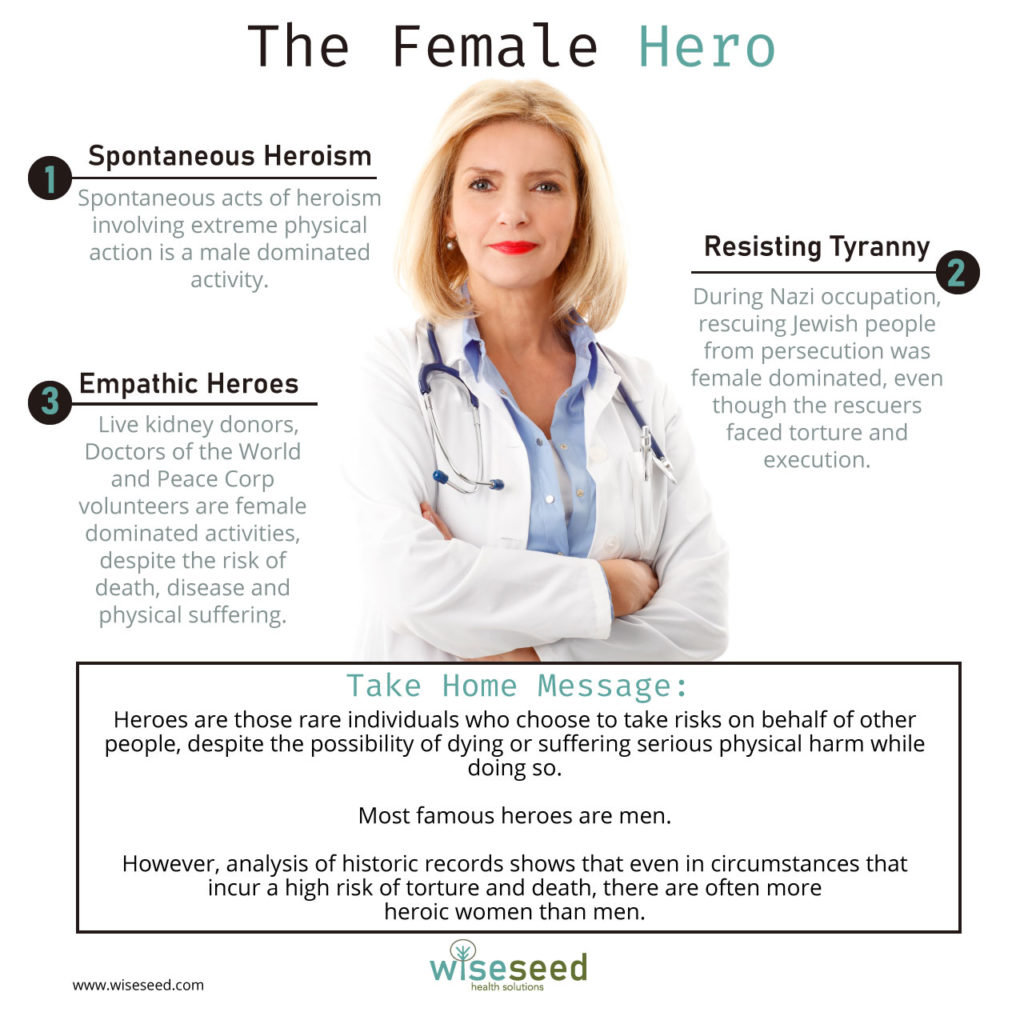
References
1. S. W. Becker, A. H. Eagly, The heroism of women and men. Am Psychol 59, 163-178 (2004).
2. C. McDougall, The Hidden Cost of Heroism. Men’s Health October, (2007).
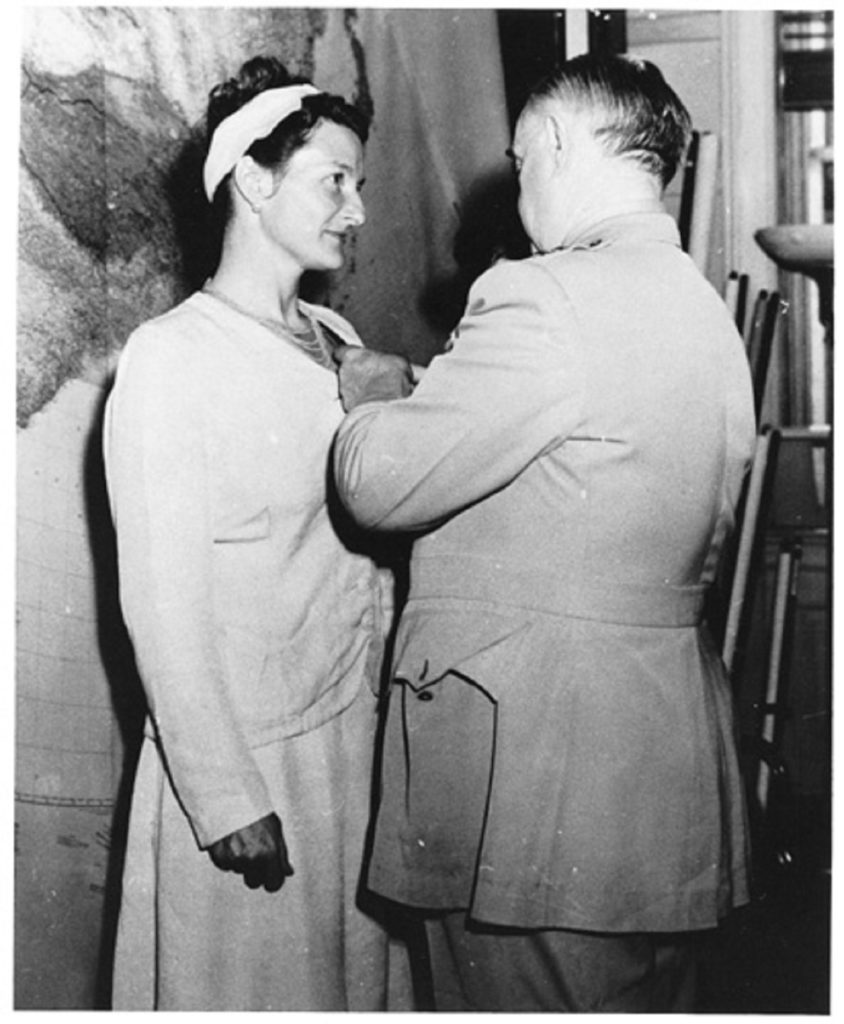
Acknowledgements
Images provided by The Australian War Memorial, The Library of Congress @ Flickr Commons, Wikipedia
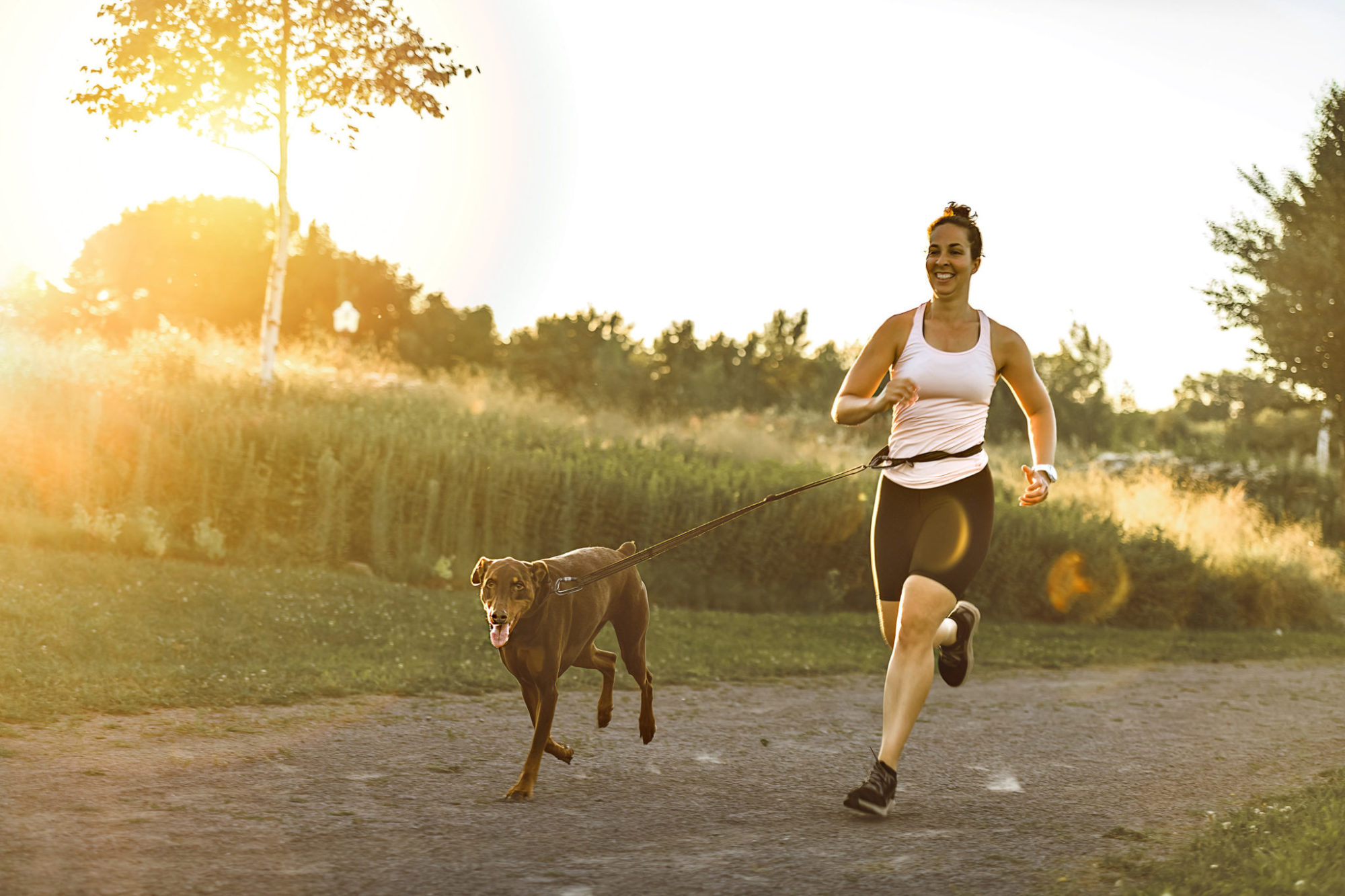
Ten Minutes is All You Need
Research has shown that ten minutes of moderate-to-vigorous exercise performed each day is enough to significantly reduce your risk of early death.
Sorry, we couldn't find any posts. Please try a different search.


